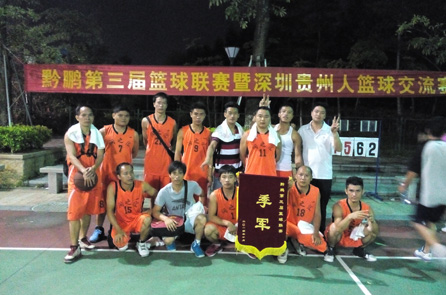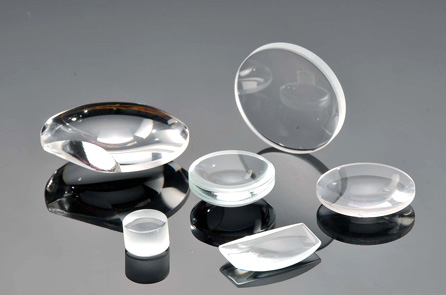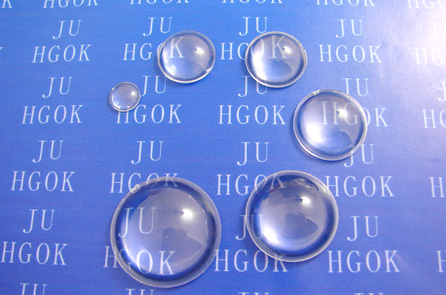They are inseparable from work in the optical industry, and a look at new optical materials
2021-06-28(1105)Views
At present, my country's optical material industry still focuses on the production of traditional optical glass, and some new materials need to be imported from abroad, which cannot fully meet the needs of my country's high-tech development. In terms of optical materials, my country urgently needs to carry out technical research and technological innovation, that is, to develop new optical materials, study advanced manufacturing processes and testing technologies, and form my country's industrialized scale production as soon as possible.
New optical materials have played an active role in promoting the optimization and upgrading of my country's optical materials industry, improving process technology and product quality, improving environmental quality, and catching up with the world's advanced level. It is of great significance to the development of China's optical materials industry.
Current status of optical materials
In the past, optoelectronic information technology has made great achievements. In order to meet the requirements of this rapid development, new breakthroughs must be sought in a wider frontier field, such as transmission, switching, data storage and display technology.
Due to the rapid development of modern optics and optoelectronics, optical materials have also made rapid development. At present, there are dozens of types of optical materials: colorless optical glass and colored optical glass, infrared optical materials, optical crystals, optical quartz glass, artificial optical quartz crystals, glass-ceramics, optical plastics, optical fibers, aviation plexiglass , Milky white diffused glass and related liquid materials. Among them, optical glass is most used in imaging elements. The quality of plastic lenses can meet the quality requirements of glass lenses in many places. Especially in the glasses industry, there is a trend to replace them. However, due to its low refractive index, high scattering, non-uniformity and other restrictions on use, so Its use range is not as wide as optical glass.
In order to reduce costs and enhance competitiveness, global optoelectronic related industries have shifted to mainland China. Since the 1990s, more than a dozen optical processing plants from Japan and Taiwan have set up factories in mainland China. China's southeast coastal area has gradually formed a strong global optoelectronic product production base, which has also promoted the development of the domestic optical glass industry.
At present, there is still a certain gap in the development level of optical materials in my country compared with developed countries, especially compared with internationally renowned optical material manufacturers such as Japan and Germany, both in terms of optical glass varieties, production processes and equipment. There is a clear gap. At present, my country's optical material industry still focuses on the production of traditional optical glass. Some new materials need to be imported from abroad, which cannot fully meet the needs of my country's high-tech development. Technical research and technological innovation are urgently needed. Develop new optical materials and study advanced manufacturing processes and testing technologies. Only in this way can my country's industrialized scale production be formed as soon as possible.
The rare earth optical glass in optical materials, also known as lanthanide optical glass, contains more rare earth lanthanum oxide (La2O3) in its composition, and has the characteristics of high refractive index and low dispersion. Its characteristic is that it can effectively expand the field of view of the lens, improve the imaging quality of the instrument, and make the lens smaller and lighter. It is currently used in digital cameras, digital cameras, scanners, LCD projectors, digital copiers, CD2ROM and DVD2ROM. Taking high-end optical electronic information materials widely used in lenses, they have recently been used in the optical system of camera phones, and their development prospects are considerable. With the rapid development of the optoelectronic information industry, it has gradually become the leading product of optical materials.
The production of lanthanide optical glass in my country until the end of the 20th century has been in a situation of backward technology, outdated equipment, small output, few varieties, low quality, and high cost; the glass has low viscosity, easy crystallization, and difficulty in forming during high-temperature melting. , The optical constant fluctuates greatly, the dispersion is poor, the bubbles and streaks are not easy to eliminate, and the ceramic crucible for melting is seriously corroded. Therefore, the use of traditional production equipment and processes cannot solve the problems of low yield, poor quality, and high cost. The optical glass and optical components required for high-end optical products basically need to be imported from abroad. In order to accelerate the development of my country's optoelectronic information industry and rare earth industry, Chengdu Guangming Optoelectronic Information Materials Co., Ltd. has invested a lot of capital and research and development power on the industrialization of lanthanide optical glass as a key research project, and solved high-quality lanthanide optical glass. It can produce many difficult-to-manufacture lanthanum glass varieties and environmentally friendly series of lanthanum glass.
With the increasing awareness of human beings about survival and environmental protection, developed countries have successively promulgated and implemented environmental protection laws. If it is forbidden to use lead oxide and arsenic oxide, which are harmful to the human body, in glass, environmentally friendly optical glass must be used in optical instruments and optoelectronic products. In order to meet this requirement, major manufacturers of optical glass in the world have developed various series of environmentally friendly optical glass. Therefore, environmental protection of optical glass is an inevitable trend in the development of the world's optical materials industry.
Considering chemical stability, high refractive index, high dispersion, and price, PbO needs to be added to ordinary optical glass; from the aspects of improving atmosphere conditions, clarification and defoaming, As2O3 needs to be added to ordinary optical glass. Most optical glasses contain these two components. Since the refractive index and dispersion of optical glass are determined by the ratio of each oxide in the composition, in order to replace PbO and As2O3, it must be replaced with oxides with similar properties. PbO can be replaced by TiO2 and Nb2O5, and As2O3 can be replaced by Sb2O3. For flint (F) and heavy flint (ZF) glasses with higher lead content, more titanium oxide (TiO2) is needed instead.
+MORERelated Suggestion
-

Shenzhen Runzhihui Industrial Co., Ltd.
In order to enrich the cultural, sports and entertainment li...
-

They are inseparable from work in the optical industry, and a look at new optical materials
At present, my country\'s optical material industry still fo...
-

Runzhihui: advantages and classification of optical lenses after coating
As the wheels of the times are rolling forward, we are also ...
-

LED lens materials and production
As an optical-grade product, LED lens has extremely high req...
Contact Us

24-hour service phone13480687841
—— WeChat communication




 0769-82865682
0769-82865682